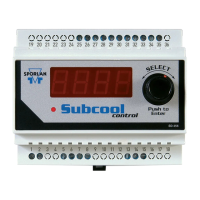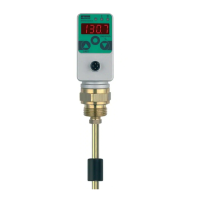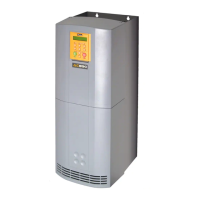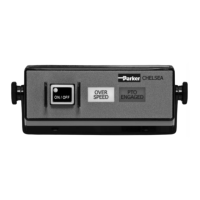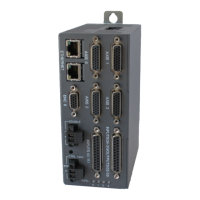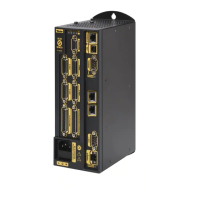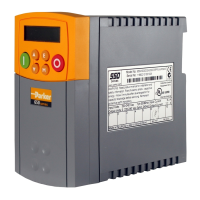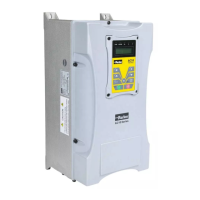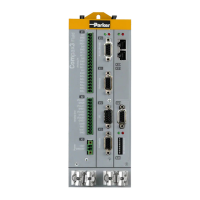Page 136 – Bulletin 100-50-9.1
Line-up synchronization allows cases within a line-up to
share key parameters. In many instances, this simplifies set-
up and allows for sensor redundancy to maximize case up
time if a sensor failure should occur. This feature is enabled
by default and may be changed using the following steps.
1. From the default display, press the button. The
display will show .
2. Use the ▲▼ buttons to enter the administrator
password and press SET.
3. The display will show (will skip to Process Values if
system is self-contained).
4. Press the SET button and (Process Values) will be
displayed.
5. Press the ▼ button until
e (Network Configuration)
is showing, then press SET.
6. Scroll to N (Case Sync); then press SET.
7. Use the ▲▼ buttons to scroll to N or ; then press
SET. Note: setting this to OFF will disable this
feature.
8. Press the ESC button three times to exit the menu and
return to the default display.
The following chart shows what parameters are
synchronized between cases.
Parameter Description Use Display
Month Current Month
Time and Date stamping of
alarms and data logs
oh
Day Day Of Month
Time and Date stamping of
alarms and data logs
d
Year Current Year
Time and Date stamping of
alarms and data logs
e
Time Time of Day ( 24 hour)
Time and Date stamping of
alarms and data logs
Defrost and Lighting
Schedule control
e
Superheat Target Evaporator superheat set point
Control set point for EEV
(Pulse or Stepper)
EPR Type Type of EPR on line-up
Determines temperature
control scheme
Steps number of steps for
EEPR
EEPR Custom Valve Type Custom EEPR type Unipolar or Bipolar
For implementation of non
Sporlan EEPR valves.
u
EEPR Custom Number of Steps Custom EEPR valve number of steps
For implementation of non
Sporlan EEPR valves.
ee
EEPR Custom Step Rate Custom EEPR valve step rate PPS
For implementation of non
Sporlan EEPR valves.
ee
EEPR Control Mode
EEPR controlling temperature, pressure or forced
open
Refrigerant Type Refrigerant used in system
Used in computing
superheat, saturated
suction temperature,
evaporator TD
Low Temperature Control
Temperature Set Point
Set Point for Low Temperature Control
In Single Temperature case
applications this is the
Control Temperature set
point.
In Dual Temperature case
applications, this is the
Control Temperature set
point when operating in Low
Temperature mode
d
Medium Temperature Control
Temperature Set Point
Set Point for Medium Temperature Control
In Single Temperature case
applications this is the
Control Temperature set
point.
In Dual Temperature case
applications, this is the
Control Temperature set
point when operating in
Medium Temperature mode
d
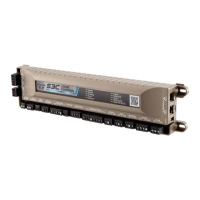
